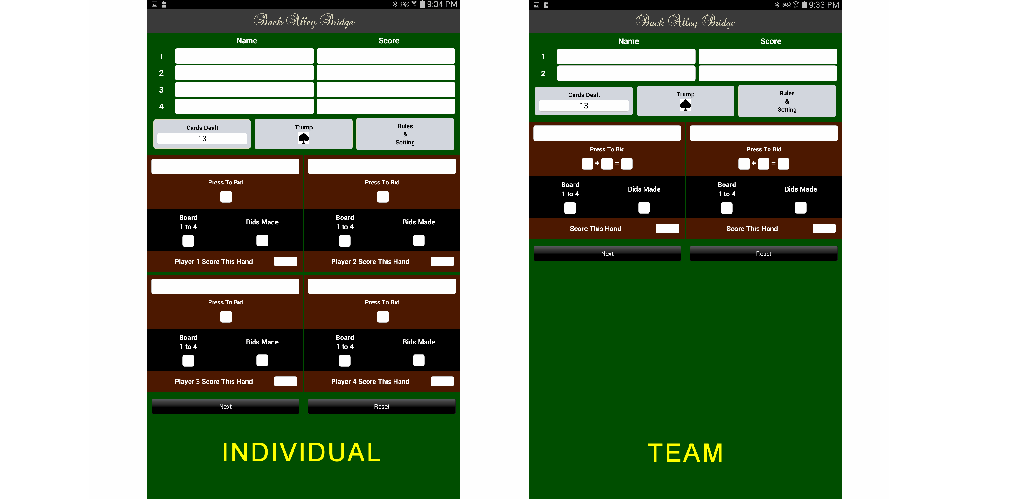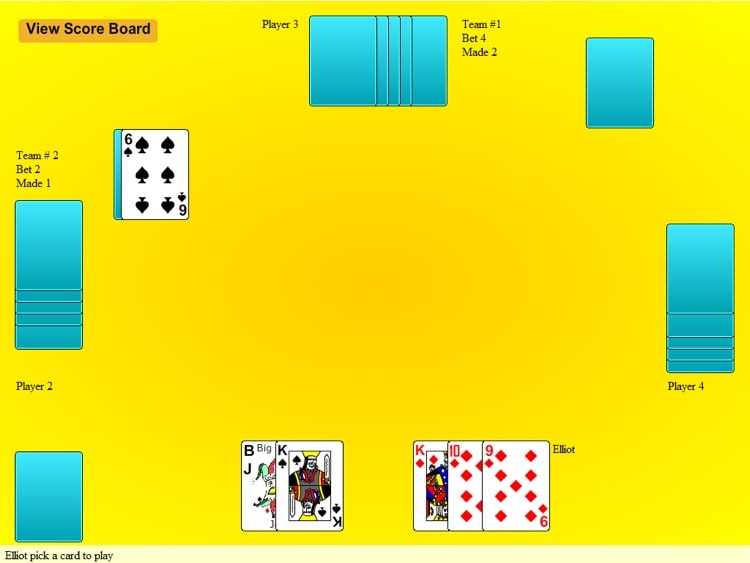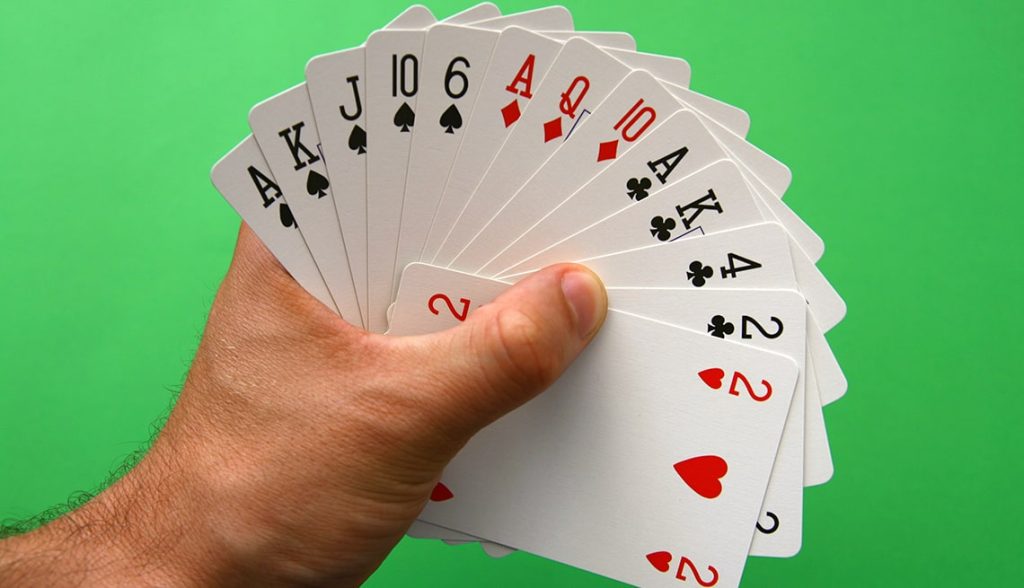Introduction
Back Alley Bridge is an exciting and strategic trick-taking card game that blends elements of Bridge and Spades. Also known as Back Alley or Back Alley Bridge, this game is often played in military circles and among card game enthusiasts who enjoy a competitive challenge.
With its unique blend of bidding, trick-taking, and strategy, Back Alley Bridge offers hours of entertainment for players who love tactical gameplay. In this guide, we will explore the origins, rules, strategies, and expert tips to help you master this classic card game.
The Origins Of Back Alley Bridge

The origins of Back Alley Bridge are somewhat unclear, but it is widely believed to have been popularized among military personnel. The game was frequently played in barracks and on ships as a way to pass time and engage in friendly competition.
Over time, Back Alley Bridge spread to civilian card players who appreciated its unique mechanics and strategic depth. Today, it remains a favorite among card enthusiasts who enjoy trick-taking games with a twist.
Understanding The Basics Of Back Alley Bridge
Back Alley Bridge is played with a standard 52-card deck, and it typically involves four players divided into two partnerships. The game follows a trick-taking format similar to Spades and Bridge, where players bid on the number of tricks they believe they can win.
Unlike traditional Bridge, however, the game incorporates elements of unpredictability and strategic risk-taking, making it a thrilling challenge for all participants.
Each round consists of multiple hands, with the number of cards dealt decreasing as the game progresses. The first hand starts with 13 cards per player, followed by 12, then 11, and so on until only one card is dealt per player in the final round. This progressive reduction in the number of cards adds an exciting dynamic to the gameplay, forcing players to adjust their strategies accordingly.
How To Play Back Alley Bridge?
To start a game of Back Alley Bridge, players are seated in partnerships, with teammates sitting across from each other. The dealer shuffles the deck and deals the appropriate number of cards to each player based on the round. Once the hands are dealt, the bidding phase begins.
During the bidding phase, players assess their hands and estimate the number of tricks they believe they can win. Each player makes a bid, and the total number of bids cannot equal the number of tricks available in the round. This rule ensures a competitive balance, preventing an exact prediction of tricks and adding an element of challenge to the game.
After the bidding phase, the gameplay proceeds with trick-taking. The player to the left of the dealer leads the first trick by playing a card. Subsequent players must follow suit if possible.
If they cannot follow suit, they may play a trump card or any other card in their hand. The highest-ranking card of the leading suit wins the trick unless a trump card is played, in which case the highest trump card takes the trick.
The trump suit is determined before each round, often based on a predetermined rotation or a randomized selection. Understanding how to use trump cards effectively is key to mastering Back Alley Bridge, as they can turn the tide of the game when used strategically.
Scoring In Back Alley Bridge
Scoring in Back Alley Bridge is based on the number of tricks won relative to the bids made. If a partnership meets or exceeds their combined bid, they earn points based on the number of tricks they won.
However, if they fail to meet their bid, they incur penalty points. This scoring system encourages players to bid wisely and strategize their gameplay to maximize points while avoiding unnecessary risks.
One of the most exciting aspects of Back Alley Bridge is the continuous adjustment of bidding and gameplay strategies as the number of cards dealt changes throughout the game. Players must anticipate their opponents’ moves, adapt their tactics, and communicate effectively with their partners to achieve victory.
Strategies For Winning Back Alley Bridge

To excel at Back Alley Bridge, players must develop a combination of bidding strategies, card-counting skills, and tactical gameplay. One of the fundamental strategies is understanding the probability of winning a trick based on the cards in hand.
Players should carefully evaluate their hands before bidding, considering factors such as the number of high-ranking cards, potential trump cards, and the likelihood of opponents’ strengths and weaknesses.
Effective communication with a partner is another crucial element of success. While explicit communication is not allowed, experienced players can use subtle cues, such as the way they play their cards, to signal certain strategies to their partner. Developing synergy with a partner can significantly enhance a team’s performance and lead to more consistent victories.
Another key strategy is controlling the play of trump cards. Since trump cards can override any suit, knowing when to play them for maximum impact is essential. Players should aim to preserve their trump cards for critical moments when they can guarantee a trick or disrupt an opponent’s strategy.
Additionally, players should be mindful of the evolving nature of the game. As the number of cards dealt decreases in later rounds, players must adjust their bidding and playing styles accordingly. Adaptability and foresight are vital traits of successful Back Alley Bridge players, allowing them to stay ahead of their opponents and maintain a winning edge.
Common Mistakes To Avoid

While Back Alley Bridge is a game of skill and strategy, there are common mistakes that can hinder a player’s performance. One of the most frequent errors is overbidding. Overestimating the number of tricks that can be won often results in penalty points and can turn a strong hand into a losing round. Players should make conservative yet confident bids based on the cards in hand.
Another common mistake is mismanaging trump cards. Playing trump cards too early can weaken a player’s position in later tricks, while holding onto them for too long may result in missed opportunities. Finding the right balance between aggressive and strategic use of trump cards is essential for success.
Failing to pay attention to opponents’ play patterns is another pitfall. Observing how opponents bid and play their cards can provide valuable insights into their strategies and potential weaknesses.
Players who remain observant and adaptable will have a greater chance of anticipating their opponents’ moves and countering their tactics effectively.
Why Back Alley Bridge Remains A Popular Card Game?
Back Alley Bridge continues to be a beloved card game due to its engaging combination of skill, strategy, and competition. Unlike simple trick-taking games, it offers a deeper level of tactical play, making it appealing to those who enjoy challenging and thought-provoking card games.
The game’s progressive format, where the number of cards decreases each round, keeps players engaged and adds an extra layer of excitement.
Moreover, Back Alley Bridge is a social game that fosters camaraderie and friendly rivalry among players. Whether played in casual settings or more competitive environments, it encourages teamwork, strategic thinking, and quick decision-making skills. These elements make it a timeless classic that remains a favorite among card game enthusiasts.
Conclusion
Back Alley Bridge is a captivating and strategic card game that rewards skill, foresight, and adaptability. With its origins rooted in military traditions, it has evolved into a popular trick-taking game enjoyed by players worldwide. Understanding the rules, mastering bidding strategies, and developing effective gameplay tactics are essential for success in Back Alley Bridge.
By avoiding common mistakes and refining strategic approaches, players can enhance their skills and increase their chances of winning. Whether you’re a seasoned card player or new to trick-taking games, Back Alley Bridge offers an engaging and rewarding experience that will keep you coming back for more.

